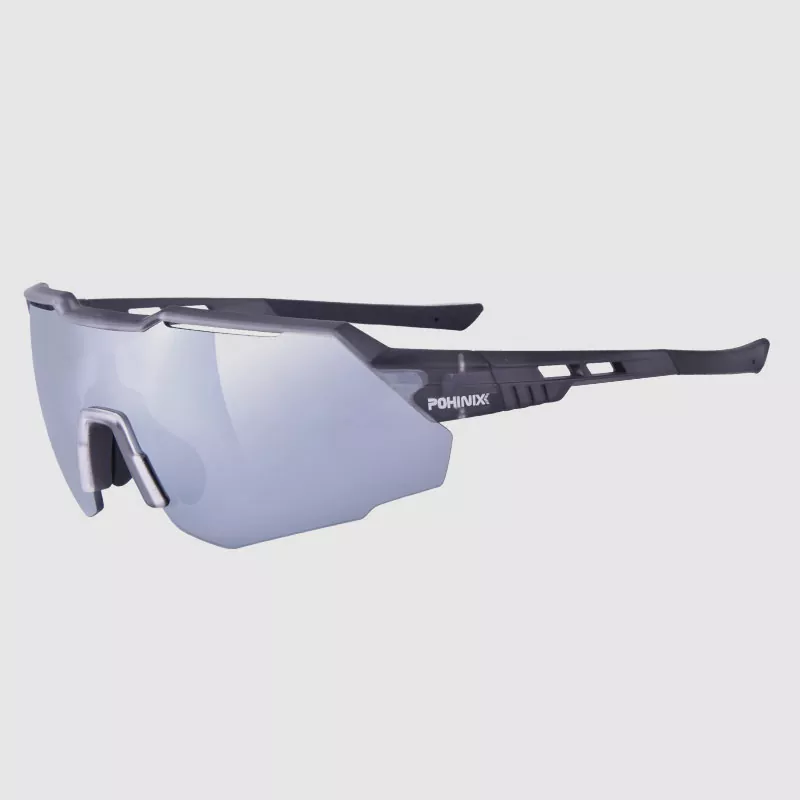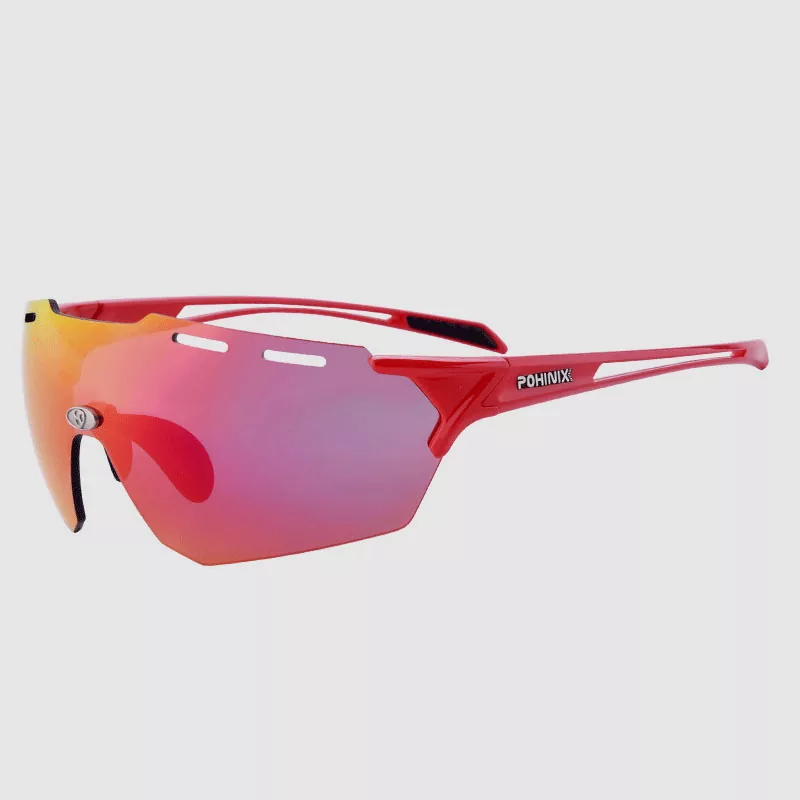Does the UV protection of sport sunglasses diminish over time? How can I test their effectiveness?
2025-10-14
Whether running, cycling, or playing sports outdoors, everyone wears sport sunglasses. Besides protecting against glare, they also provide UV protection. However, many people worry about whether their UV protection will diminish over time. How can they determine if their UV protection is still effective?

Does UV protection diminish?
The UV protection of sport sunglasses isn't permanent. This is primarily due to the UV protection coating on the lenses. Most sports sunglasses rely on special coatings on the surface or interior of the lenses for UV protection. During everyday wear, lenses inevitably come into contact with sweat and dust. Frequent wiping with a rough cloth or exposure to high temperatures can easily wear and degrade the UV protection coating. Furthermore, prolonged exposure to sunlight can cause the lens material to degrade, affecting UV protection.
Reasons for UV protection degradation
The UV protection coating on sport sunglasses acts like a protective film, absorbing or reflecting UV rays. However, this coating is delicate and can be damaged even with minimal care. For example, sweating during exercise can cause the salt and oil in sweat to corrode the coating, leading to its fading over time. Dropping or scratching the lens can also cause scratches in the coating, reducing its UV protection. High temperatures and strong direct sunlight can also accelerate the aging of the coating and lens material. For example, if you leave your glasses in a car during the summer, the high temperatures inside can soften and deform the coating, naturally reducing its UV protection. Furthermore, some cheap sports sunglasses have poorly crafted UV protection coatings, resulting in poor adhesion and premature degradation. Therefore, choose reputable brands with proven manufacturing processes to minimize degradation.
Testing Methods
The most direct way to test is to look for the UV protection label on your sports sunglasses. Reputable sports sunglasses will have "UV400" or "100% UV Protection" marked on the lenses, indicating they block all UV rays with wavelengths below 400nm. We can find a UV test card, place the lenses of our sports sunglasses on it, and then expose them to sunlight for a few minutes. If the test card doesn't change color in the covered area, the UV protection is still effective. If the covered area changes color, becoming similar to the uncovered area, the UV protection has significantly diminished and it's time to replace the glasses. Of course, you can also use your own experience and simple observation to help determine if your eyes are still dry, sore, or blurry after wearing your sports sunglasses outdoors for half an hour. For example, if you still feel dryness, soreness, or blurry vision after taking them off, it's likely that the UV protection has diminished and that UV rays are still irritating your eyes.

Maintenance Methods
When cleaning sport sunglasses, always use a dedicated glasses cloth and wipe gently. Avoid using rough objects like clothing scraps or tissues to avoid abrading the coating. If there are oil stains or sweat on the lenses, rinse them with clean water first, then wipe them clean with a glasses cloth. When not in use, store them in their case immediately. Avoid leaving them on a table or in your pocket to avoid scratches or damage. Avoid leaving your glasses in your car or in direct sunlight during the summer to minimize damage to the coating from high temperatures and strong light. If your lenses are severely scratched or the coating is peeling, discontinue use and replace them immediately. Otherwise, they will lose their UV protection and may even damage your eyes.


